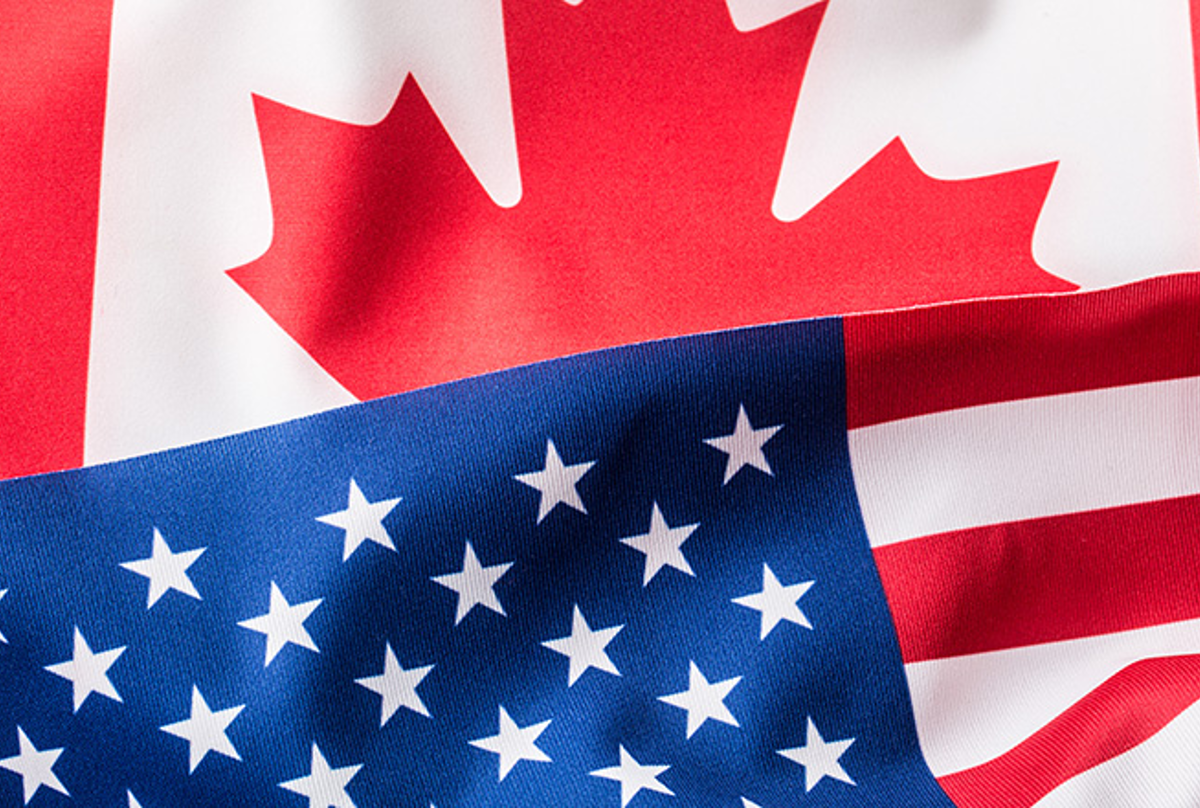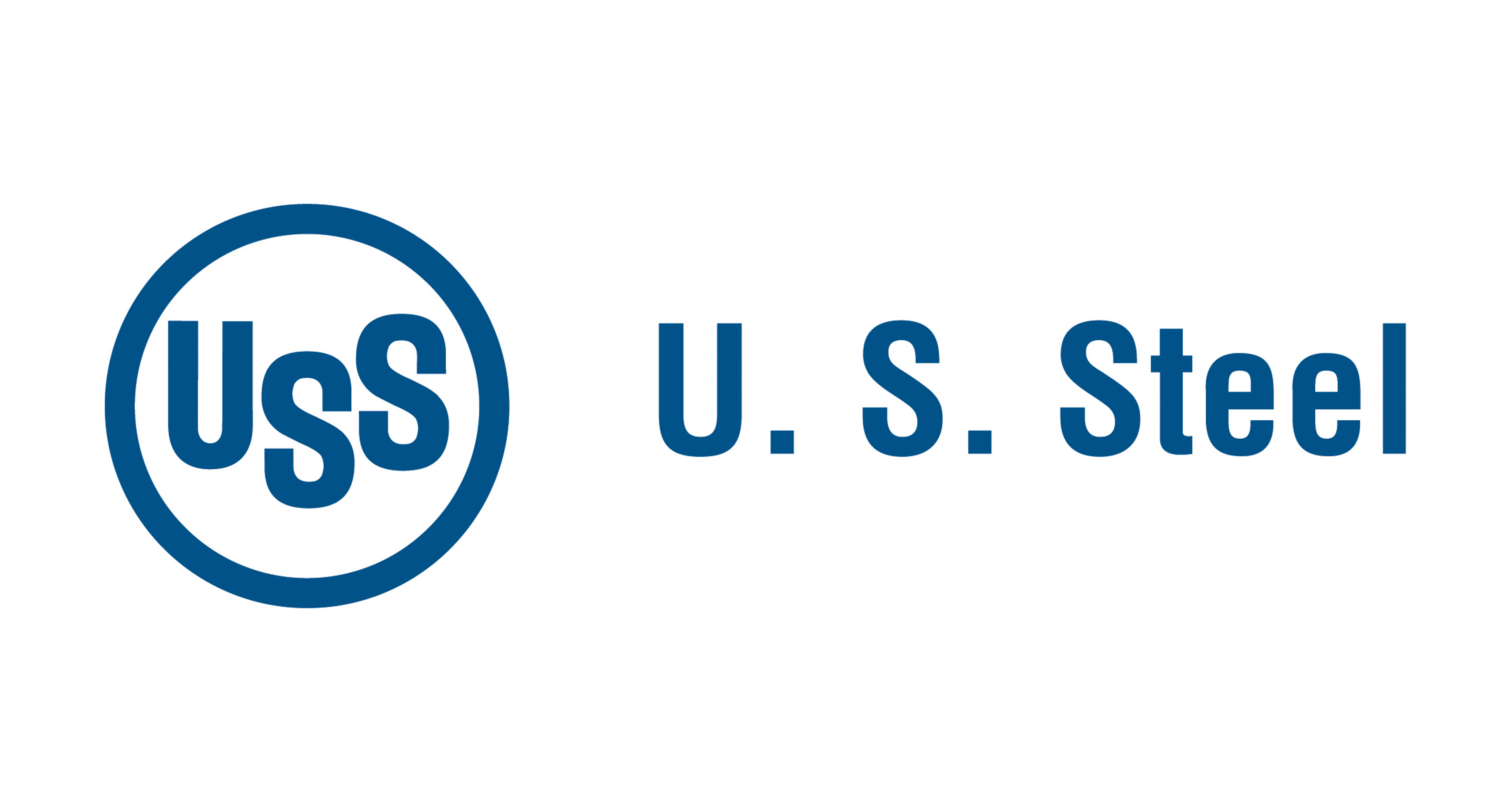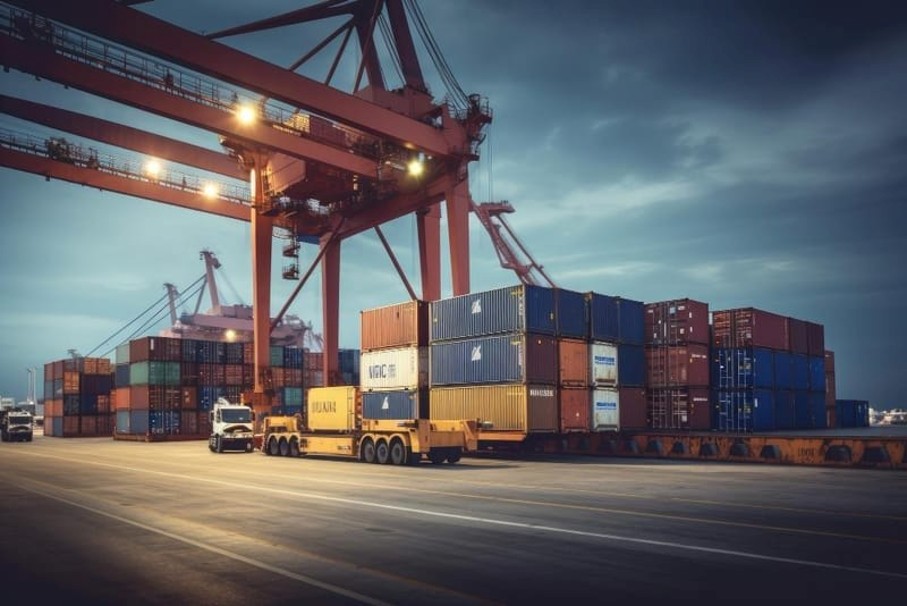Government/Policy

November 3, 2020
Commerce to Move Forward on Section 232 Tariffs on GOES
Written by Sandy Williams
The Department of Commerce said it plans to move forward to implement tariffs or other trade remedies on imports of electrical steel components. Commerce launched a Section 232 investigation in May 2020 following comments by Cleveland-Cliffs CEO Lourenco Goncalves regarding the continued viability of AK Steel Butler, the sole producer of electrical steel in the United States. Goncalves threated to shut down the recently acquired plant if actions were not taken by the U.S. government to stem circumvention of existing tariffs on grain oriented electrical steel (GOES) products.
Commerce will apply remedies to cover imported laminations and cores of GOES and will review recent exclusions granted to South Korea.
“I am pleased that the Department of Commerce will take action to re-evaluate recently-granted GOES Section 232 product exclusions,” said Goncalves in a statement. “These actions should be viewed as a condemnation of those seeking to circumvent tariffs and quotas imposed under our trade laws and of companies abusing the steel Section 232 product exclusion process.”
Goncalves, with the support of several congressional members, said that 43,000 tons of U.S. electrical steels were displaced though circumvention from 2017 to 2019. “A stunning 95 percent of Canadian and Mexican lamination and core exports are now coming into the United States, yet there is no domestic GOES production in either Canada or Mexico,” said legislators in a letter to Commerce in May.
Last month, five congressional representatives from Virginia, Arkansas and North Carolina disputed the need for additional tariffs or restrictions and said such measures would put at risk 15,000 transformer jobs and undermine the supply of low-cost electricity in the U.S.
“The principal cause of increased imports of cores, laminations and transformers, which are not unfairly traded, is the levying of Section 232 import restrictions on grain-oriented steel into the United States,” said the group. “The transformer industries have relocated operations, principally to Canada and Mexico, to preserve their own competitiveness in the market.”
The group said there was no justification for the tariffs, especially on U.S. allies Canada and Mexico, and would worsen problems for downstream industries.







